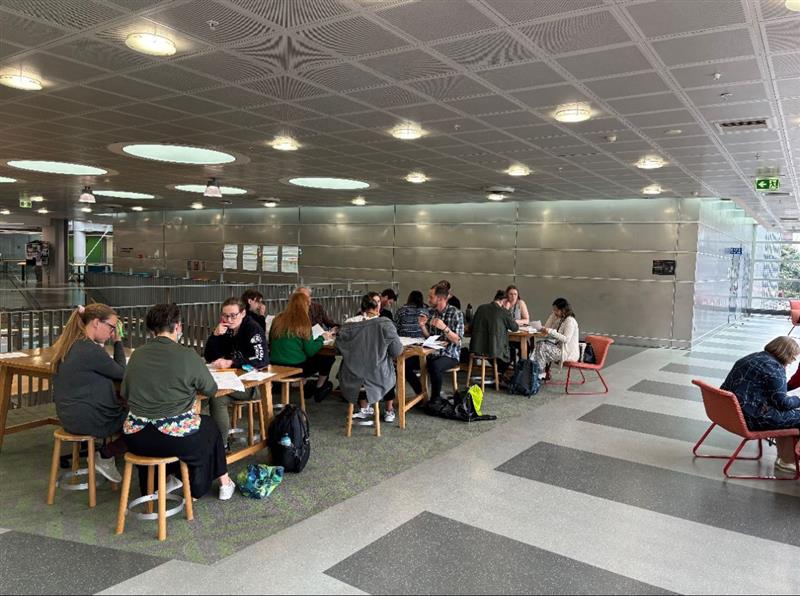In November 2023, we were delighted to host a workshop for science communicators at the annual Science Communicators Association of New Zealand (SCANZ) conference in Te Whanganui-a-Tara.
The 60-minute workshop, run by Kylie Bailey and Laura Hikawai-Goodall, focused on how to structure effective science story pitches for digital and traditional channels. There are six key steps that you need to undertake to get more impact from your messaging to communicate science.
These are:
- Identify your objective – what change / impact do you want the research to create?
- Know the audience you want to engage with and why
- Prioritise the best communication channels to reach the audience – where do they get their information?
- Develop engaging content that captures their hearts and minds
- Be clear on your headline and hook
- COPE – create once, publish everywhere
Once you outline your framework for taking these steps, you will then need to develop a 1+3+3 key message structure to give cohesion to your messaging and to simplify the often technical terms used in academic reports.
- 1 = the most important fact or point you want the audience to learn about your science story. This is the headline.
- +3 = the three supporting messages you want the audience to remember about the science. Each of these messages should include a different takeaway. Think of these as the first three sentences in your story. This means the first supporting message is the hook.
- +3 = an additional three supporting messages that give depth and breath to the research (think methodology, tools, resources etc). Find different words and angles than the ones outlined in the initial 1+3.
 To practice developing a pitch, workshop participants broke up into small groups and were given two pieces of science communication to choose from to develop their messaging – a paper on deep-sea coral from the Sustainable Seas National Science Challenge and an article on pets in rental housing from the Building Better Homes, Towns and Cities National Science Challenge.
To practice developing a pitch, workshop participants broke up into small groups and were given two pieces of science communication to choose from to develop their messaging – a paper on deep-sea coral from the Sustainable Seas National Science Challenge and an article on pets in rental housing from the Building Better Homes, Towns and Cities National Science Challenge.
Participants then had 20 minutes to develop their messaging. Note this was a fast-fire round because it was the end of the day and we wanted to keep energy high! Normally, science communication message development takes about four hours, including reading the report or summary. Two groups (one for deep-sea coral, one for pets in rentals) then presented their messaging back.
To check out the science communication outputs we created for our clients from their research, head here for a media release about deep-sea coral conservation and here for an article about pets in rentals (see page 26).
If you’d like to talk to us about science communications please do get in touch.
Author: Kylie Bailey













